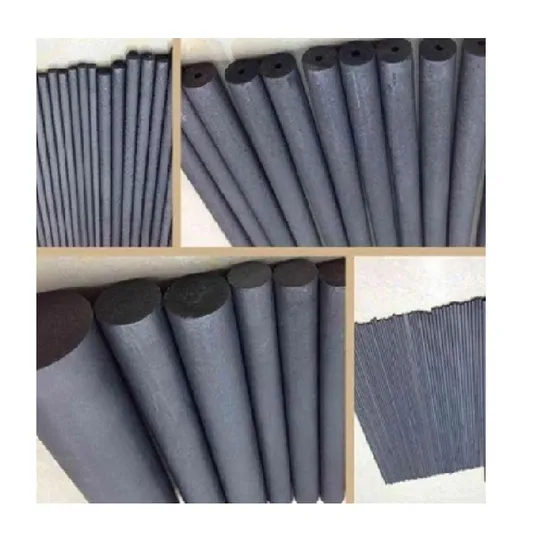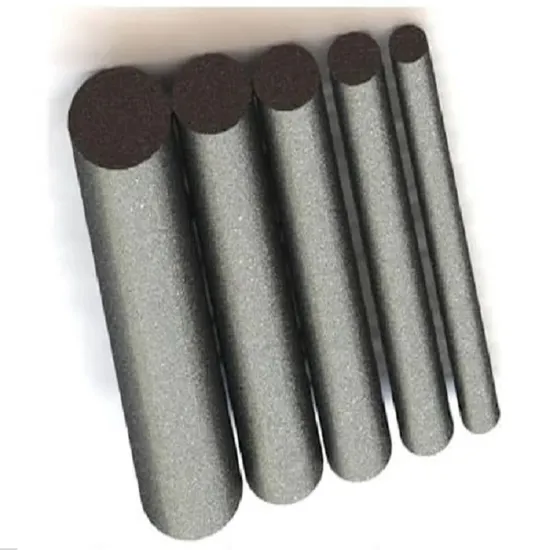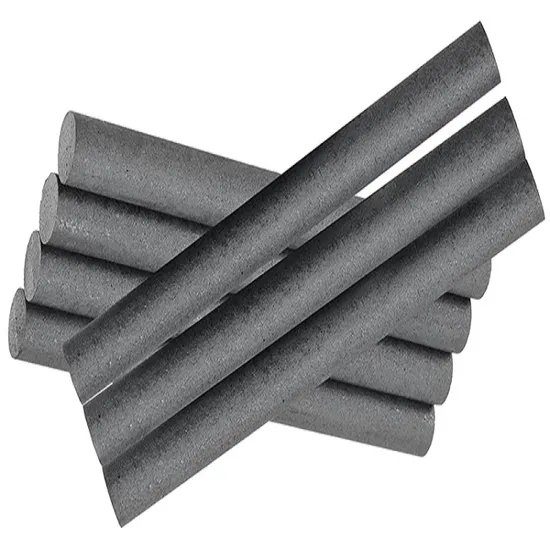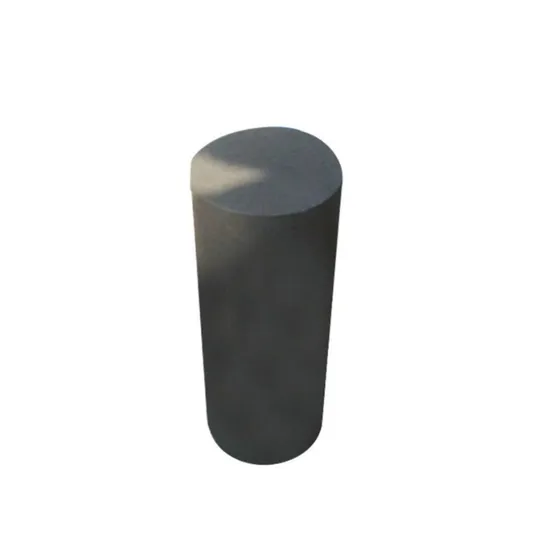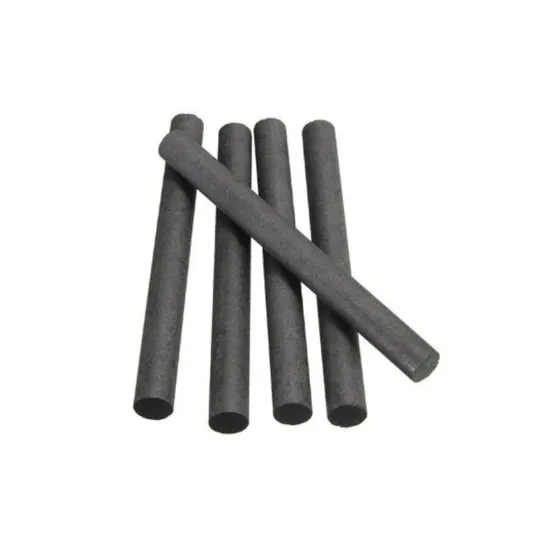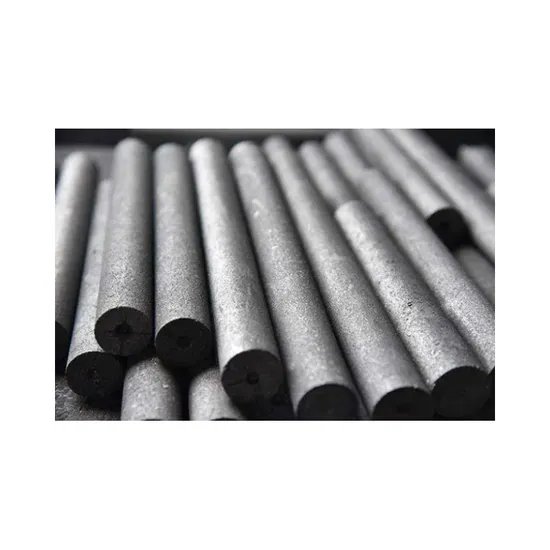- Englist


Graphite rods are cylindrical components made from high-purity graphite materials, known for their excellent thermal conductivity, electrical conductivity, and resistance to high temperatures. They can operate in extreme environments, withstanding temperatures over 3000°C in inert or vacuum conditions without losing structural integrity. Graphite rods are also chemically stable, offering strong resistance to most acids, alkalis, and corrosive gases. Their low thermal expansion and high mechanical strength make them ideal for precision applications. Graphite rods are easy to machine, allowing customization for specific industrial needs. Commonly used in metallurgy, electronics, chemical processing, and mechanical engineering, they serve as electrodes, heating elements, supports, and structural parts. Their durability and performance make them essential in both laboratory and large-scale industrial processes.
Are Graphite And Carbon Rods The Same?
Graphite rods and carbon rods are similar in many ways but are not exactly the same. Both are made from carbon-based materials, but they differ in structure, manufacturing process, and applications.
Graphite is a crystalline form of carbon, where the atoms are arranged in a layered, hexagonal structure. This gives graphite rods unique properties such as excellent electrical and thermal conductivity, high temperature resistance, and good lubrication. Graphite rods are commonly used in high-temperature environments, electrical discharge machining (EDM), and as electrodes in arc furnaces or batteries.
Carbon rods, on the other hand, may refer to materials that are either amorphous carbon or a mix of graphite and other carbon forms. They typically have lower conductivity and are more porous than pure graphite. Carbon rods are used in similar applications but are generally more suitable for less demanding conditions or when high purity is not required.
In summary, while all graphite rods are carbon rods, not all carbon rods are graphite rods. The key difference lies in the structure and performance characteristics. Graphite rods are more refined, durable, and conductive, making them preferable for specialized industrial and scientific uses.
What Is A Graphite Rod Used For?
A graphite rod is used in various industrial and scientific applications due to its excellent electrical conductivity, heat resistance, and chemical stability. One common use is in electric arc furnaces, where graphite rods serve as electrodes for melting metals. They are also used in batteries, especially in the anodes of lithium-ion batteries.
In laboratories, graphite rods are used as conductors in electrolysis experiments. Due to their ability to withstand high temperatures, they are also found in high-temperature reactors and foundries. Additionally, graphite rods are used in the glass and semiconductor industries, as well as for making molds, lubricants, and even artistic tools like pencils.






